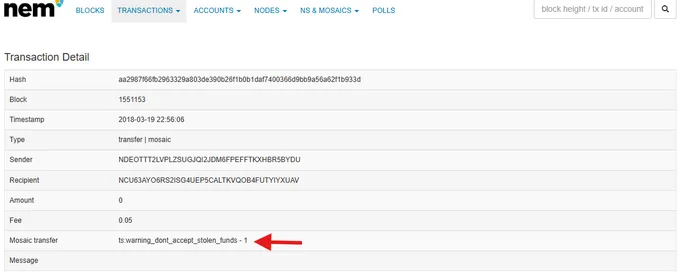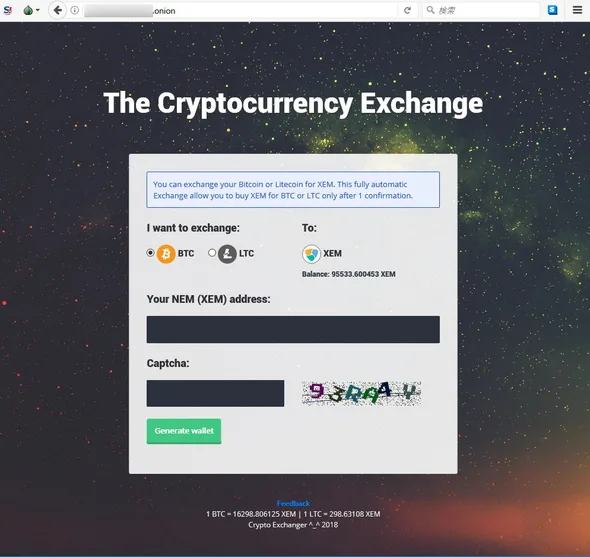Cryptocurrency Heists That Shook Japan: How Hackers Turned $530M Into Clean Cash
In the early hours of January 26, 2018, while most of Japan slept, one of the most audacious cryptocurrency heists was silently unfolding. At precisely 2:57 AM, hackers infiltrated Coincheck, one of Japan’s largest cryptocurrency exchanges, and executed a theft that would send shockwaves through the digital currency world.

The target was XEM, a cryptocurrency that few outside the industry had heard of. The prize: $530 million worth of digital assets. Most remarkably, Coincheck wouldn’t discover the breach for another nine hours.
The attack’s sophistication belied its simple entry point – a single compromised terminal infected with malware. This digital doorway gave the hackers access to Coincheck’s hot wallet, where the exchange had made the fatal mistake of storing over half a billion dollars in cryptocurrency. Unlike cold wallets, which are secured offline, hot wallets remain connected to the internet, making them vulnerable to precisely this type of attack.

As news of the hack spread, the NEM Foundation, the organization behind XEM, launched an innovative counter-offensive. They deployed their Mosaic tagging system, essentially marking all stolen tokens with a digital warning label: “ts:warning_dont_accept_stolen_funds.” This digital scarlet letter was meant to make the stolen cryptocurrency untouchable, warning other exchanges against processing transactions involving the marked tokens.
The hackers, however, had prepared for this. They had already distributed the stolen funds across 19 secondary addresses and countless others, creating a complex web of transactions that proved nearly impossible to track. But their most brilliant move was yet to come.
During the investigation, security researcher Cheena uncovered mysterious on-chain conversations. Hidden among the blockchain’s transaction data were messages containing a DASH address for laundering tokens and, more intriguingly, a link to a darknet website. What they found there was extraordinary – the thieves had created their own cryptocurrency exchange.

Named simply “The Cryptocurrency Exchange,” this darknet marketplace offered the stolen XEM at a 15% discount. It was a bold strategy that paid off spectacularly. In just 42 days, all of the stolen cryptocurrency was sold, laundered through this purpose-built exchange. The hackers had turned their stolen goods into clean money with breathtaking efficiency.
Three years later, Japanese authorities managed to arrest 31 men who had knowingly purchased the stolen XEM through the darknet exchange. But the masterminds behind the heist remained elusive. Despite evidence of them cashing out through various centralized exchanges, the original hackers have never been caught.

The Coincheck hack stands as a testament to both the vulnerabilities and sophistication of the cryptocurrency world. It demonstrated how a single point of failure – one compromised terminal – could lead to catastrophic losses. Yet it also showcased the ingenuity of cybercriminals who, rather than trying to fence their stolen goods through traditional channels, built their own marketplace to dispose of them.
Today, the incident serves as a stark reminder of the importance of cybersecurity in the digital asset space. While cryptocurrency exchanges have significantly improved their security measures, the Coincheck heist remains one of the most audacious and successful cyber heists in history – a $530 million robbery executed without masks, guns, or getaway cars, but with code, creativity, and unprecedented audacity.